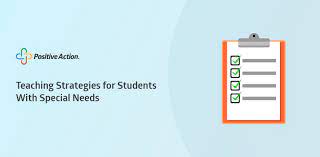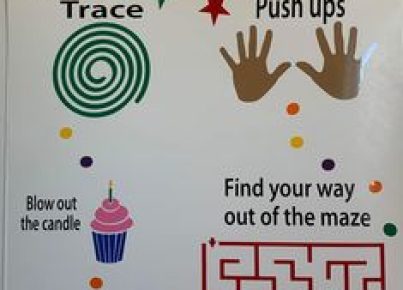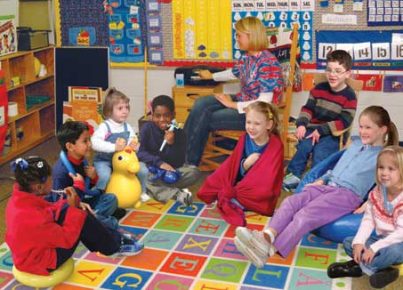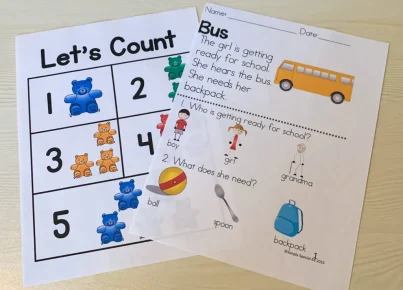Introduction
Educating children with special needs requires a unique and tailored approach to ensure their academic success and personal growth. Special education programmes and strategies are designed to cater to the individual needs of each student, providing them with an inclusive learning environment that fosters confidence and independence. This article discusses several intervention programmes and strategies that can be adopted for teaching these remarkable children.
1. Individualized Education Programme (IEP)
An Individualized Education Programme (IEP) is a comprehensive plan formulated by the educators, therapists, parents, and sometimes even the students themselves. This plan outlines measurable academic and developmental goals based on the child’s specific needs. The IEP also highlights any accommodations or modifications needed in class or during assessments, ensuring that learning is adapted to the child’s strengths and limitations.
2. Response-to-Intervention (RTI) Model
The Response-to-Intervention model is a systematic approach to supporting students who struggle academically or behaviorally. With RTI, educators implement evidence-based strategies at varying levels of intensity based on an individual student’s needs. The RTI model involves three tiers of support:
– Tier 1: Universal instructional methods are used with all students.
– Tier 2: Targeted interventions are provided for small groups of students who need additional support.
– Tier 3: Individualized strategies are designed for students experiencing significant challenges despite Tiers 1 & 2 interventions.
3. Universal Design for Learning (UDL)
Universal Design for Learning is a framework that aims to create flexible learning environments that cater to diverse learners. UDL emphasizes representation, expression, and engagement as three primary components required for successful learning:
– Representation: Providing multiple means of presenting information to accommodate different learning styles.
– Expression: Offering various ways for students to demonstrate their understanding.
– Engagement: Creating opportunities for student engagement through varied activities and experiences.
4. Assistive Technology (AT)
Assistive technology refers to devices and software that aid students in overcoming learning barriers caused by their disabilities. These tools can help make educational content more accessible, enabling students to learn and communicate effectively. Examples of AT include speech-to-text software, screen magnifiers, and adjustable ergonomic chairs.
5. Collaborative Teaching Model
Collaborative teaching involves general education teachers working alongside special education teachers to better address the needs of their diverse classrooms. This approach serves as a support system for both educators and students, providing a balance of expertise on subject matter and individualized strategies for special needs students.
6. Small Group Instruction
Small group instruction focuses on targeted lessons tailored to the specific skill levels of students within small groups. This teaching strategy allows for increased interaction between the teacher and each student, which aids in identifying areas that require additional support or intervention.
Conclusion
In conclusion, various unique programmes and strategies are available to teach children with special needs effectively. It’s crucial to identify and implement the right combination that caters specifically to a child’s needs, ensuring an inclusive environment that promotes academic success and personal growth. With the correct plan and support, children with special needs can flourish into capable individuals who can contribute positively to society.





